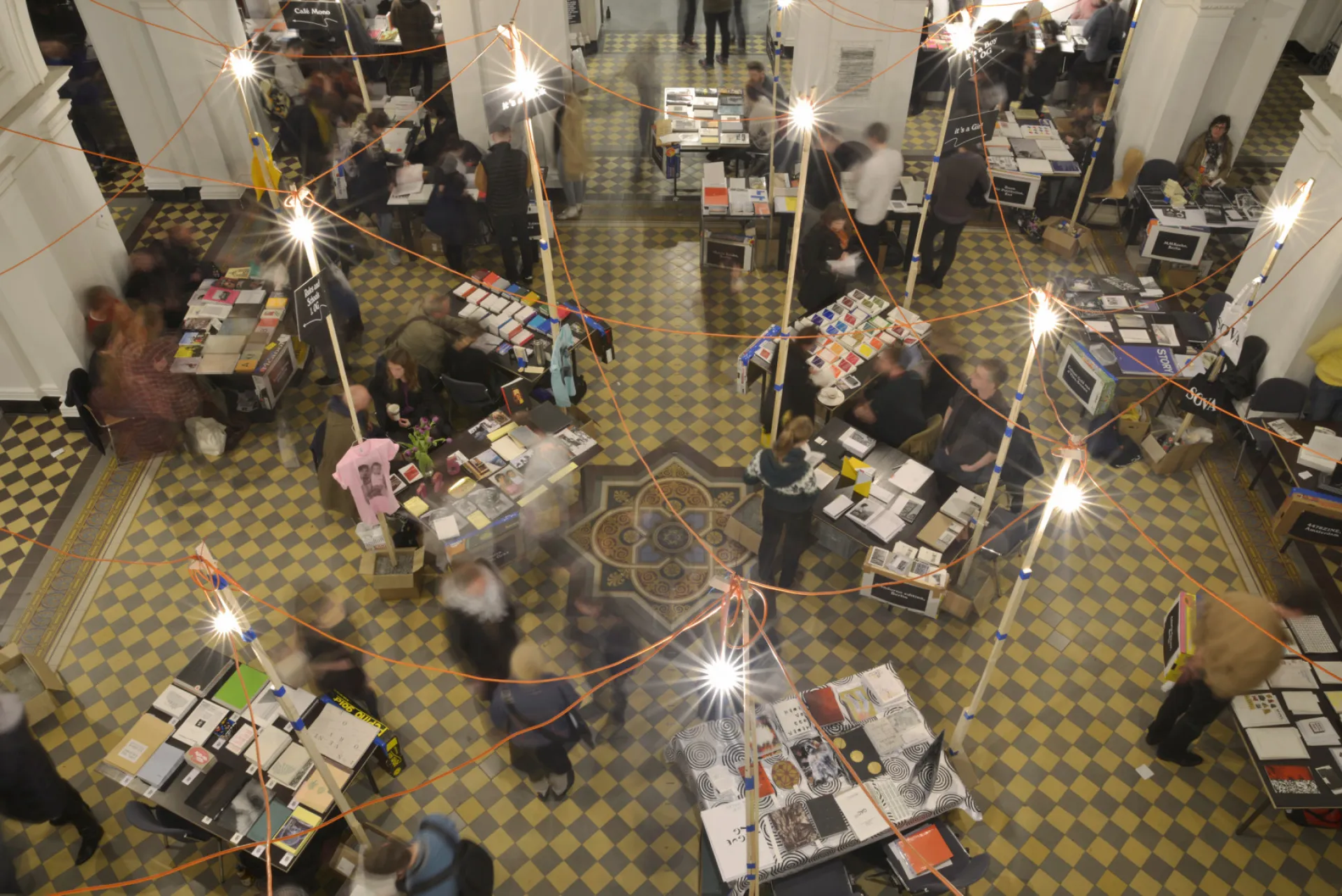Evaluation
The teaching quality at the HGB is ensured by a bespoke evaluation practice. This includes: student surveys and alternative forms of feedback, criticism and reflection as well as a teaching review of the leading professor. The evaluation lays a special focus on processes, not just on results. The results of these evaluations are therefore exclusively used for internal communication and to promote creative processes within the academy. They are effectively used in discussions on courses, in senate and HGB council meetings and in order to ensure a broad debate. Surveys evaluating specific problems or institutions at the HGB constitute a useful instrument for improving the quality of teaching. They give students the chance to voice their opinion and to comment, make suggestions and offer criticism. Such surveys do not necessarily render objective results, but they form one element of many to evaluate the quality of work at the HGB. That is why, as a rule, they are used exclusively as a basis for discussions between individual professors and students. The evaluation practice at the HGB is guided by the following questions:
- How can ideas for improvement be realised?
- How can we learn to look for longer?
- Should we work more collaboratively?
- How can criticism be learned and applied?
- Are there no mistakes in art?
- Why should we refrain from immediately analysing when making art?
- How can we find happiness?
- How can we violate (our own) rules?
- How can quality be given the space it needs without destroying it with organisational matters (time management, self-organisation etc.)?
- What makes a good degree course?
- How can we reduce on administrative work in order to find more time for the students and the supervision of their progress?
- How can we increase the level of identification with each degree course/the HGB?
- How can we effectively shape the students’ years of study?
- How can we improve the exchange between students, tutors and administration?
- How can we collectively realise the students’ suggestions and ideas?

